Fed left federal funds rate unchanged at 2.25-2.50% as widely expected. It maintained the the Committee will be “patient” regarding future adjustments to interest rates. Nevertheless, Fed talks down the weak NFP growth in February, and maintained that “job gains have been solid, on average, in recent month”. Also, unemployment rate “remained low”.
Fed also talks down easing in inflation and said it’s “largely a result of lower energy prices”. Core inflation remains “near 2 percent”. Though, growth in household spending and business fixed investments slowed in Q1.
Full statement below:
Federal Reserve Issues FOMC Statement
Information received since the Federal Open Market Committee met in January indicates that the labor market remains strong but that growth of economic activity has slowed from its solid rate in the fourth quarter. Payroll employment was little changed in February, but job gains have been solid, on average, in recent months, and the unemployment rate has remained low. Recent indicators point to slower growth of household spending and business fixed investment in the first quarter. On a 12-month basis, overall inflation has declined, largely as a result of lower energy prices; inflation for items other than food and energy remains near 2 percent. On balance, market-based measures of inflation compensation have remained low in recent months, and survey-based measures of longer-term inflation expectations are little changed.
Consistent with its statutory mandate, the Committee seeks to foster maximum employment and price stability. In support of these goals, the Committee decided to maintain the target range for the federal funds rate at 2-1/4 to 2-1/2 percent. The Committee continues to view sustained expansion of economic activity, strong labor market conditions, and inflation near the Committee’s symmetric 2 percent objective as the most likely outcomes. In light of global economic and financial developments and muted inflation pressures, the Committee will be patient as it determines what future adjustments to the target range for the federal funds rate may be appropriate to support these outcomes.
In determining the timing and size of future adjustments to the target range for the federal funds rate, the Committee will assess realized and expected economic conditions relative to its maximum employment objective and its symmetric 2 percent inflation objective. This assessment will take into account a wide range of information, including measures of labor market conditions, indicators of inflation pressures and inflation expectations, and readings on financial and international developments.
Voting for the FOMC monetary policy action were: Jerome H. Powell, Chairman; John C. Williams, Vice Chairman; Michelle W. Bowman; Lael Brainard; James Bullard; Richard H. Clarida; Charles L. Evans; Esther L. George; Randal K. Quarles; and Eric S. Rosengren.




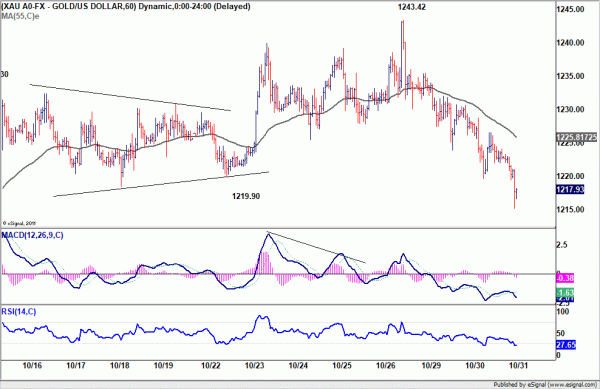
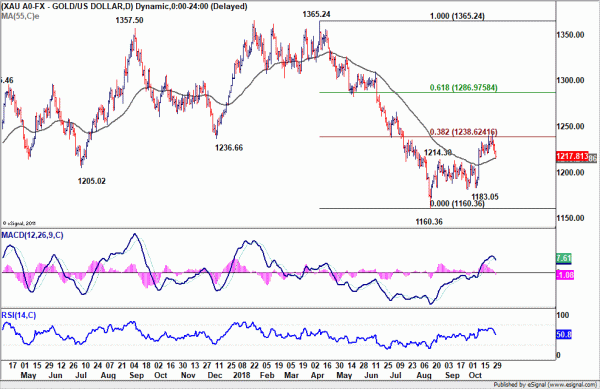
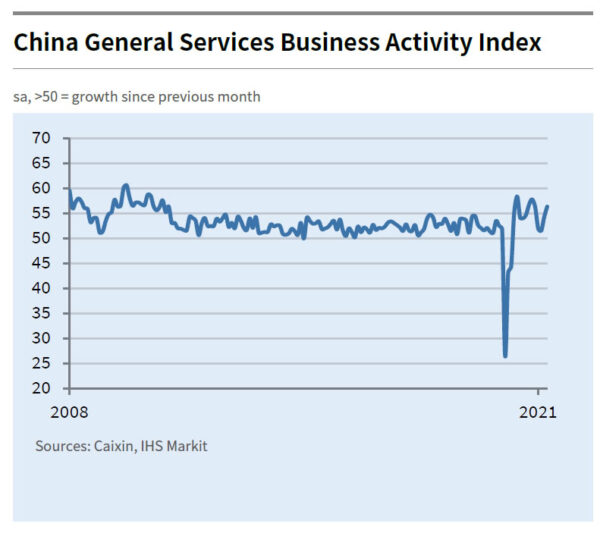
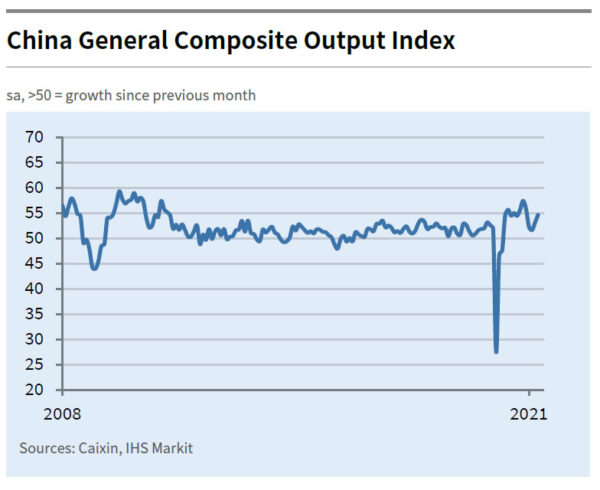
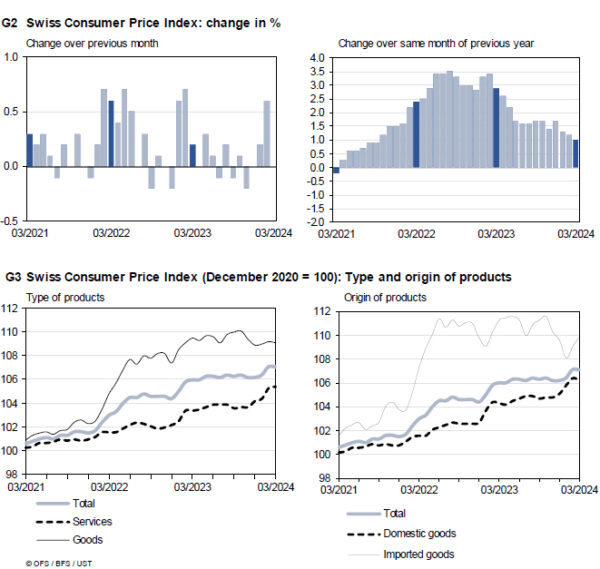
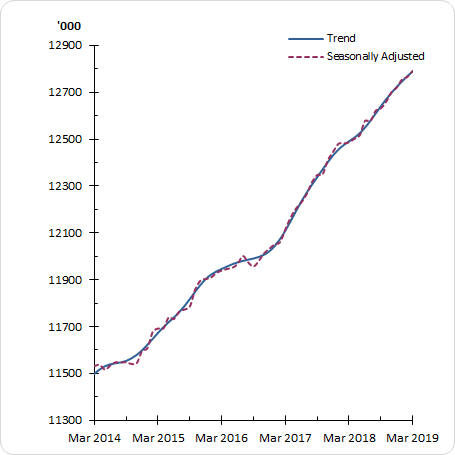
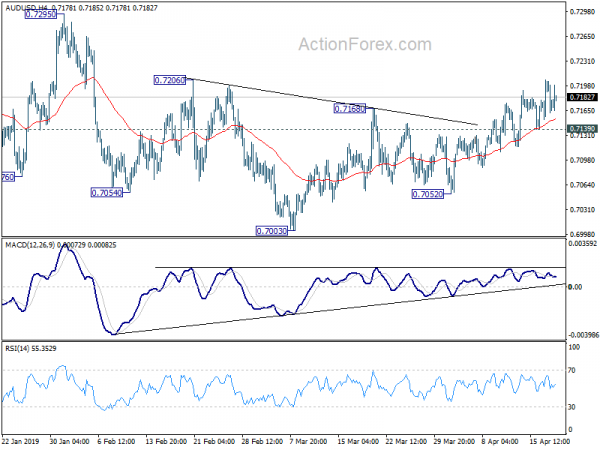
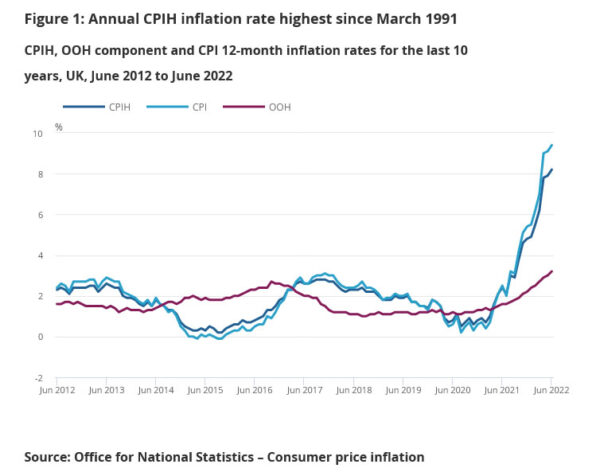
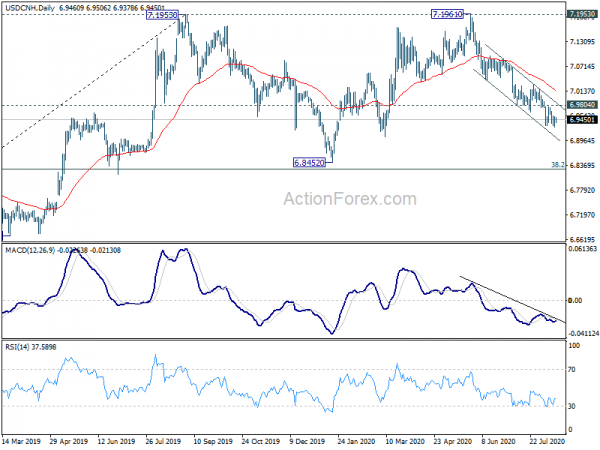
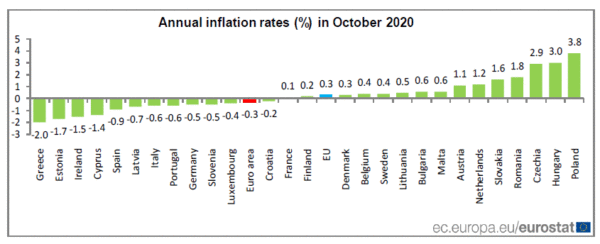
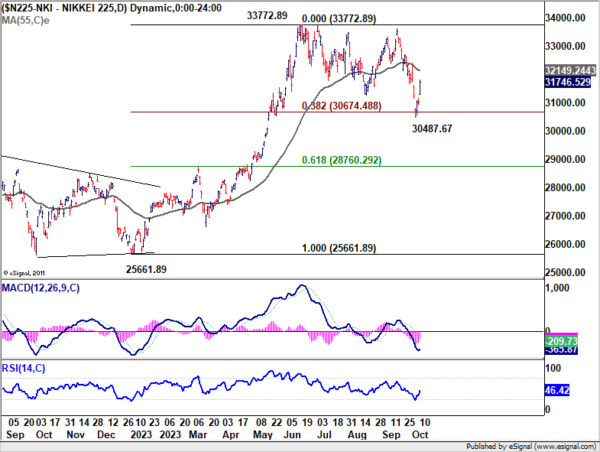
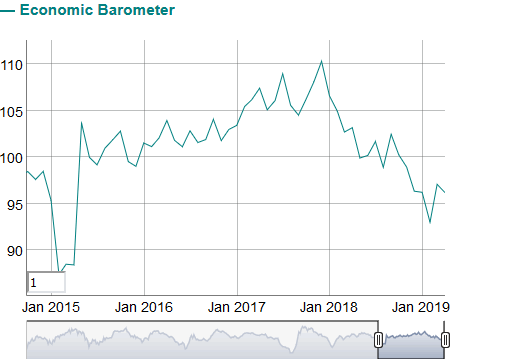
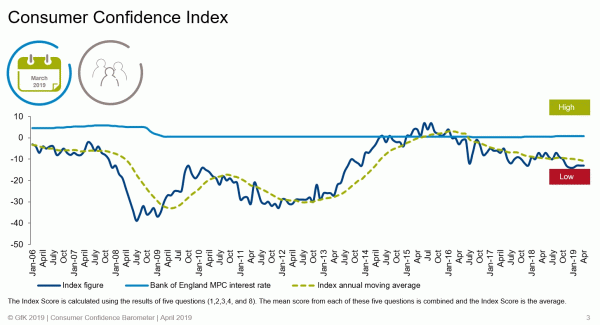
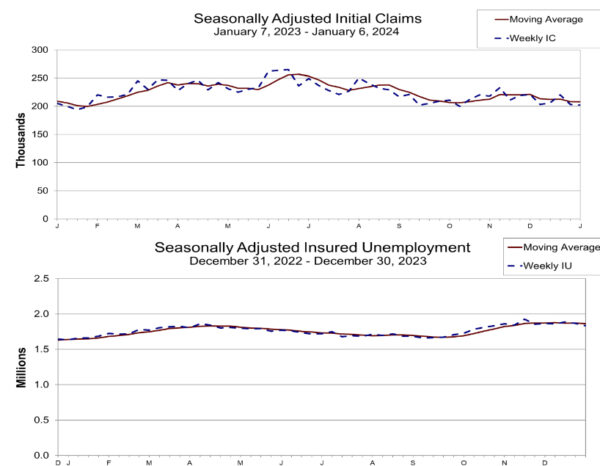


Trump said to consider slapping 25% tariffs on USD 200B of Chinese imports
Just hours after report that US and China are seeking to re-engage in trade negotiations, there were reports that Trump is planning to slap 25% tariffs on USD 200B in Chinese imports, instead of 10%. The product list could include food, chemicals, steel and aluminum, consumer goods etc. The announcement could be made as soon as on Wednesday, that is today.
Trump defended his try policies in a rally speech in Tampa. And he put the blame on other countries again and said “China and others have targeted our farmers. Not good. Not nice. And you know what our farmers are saying? ‘It’s OK. We can take it.” He also tried to equate the support to his policy to patriotism, in typical authoritarian government way, by hailing the farmers as “true patriots”.
Market reactions to the news were relatively muted though. USD/CNH (offshore Yuan) dipped to as low as 6.770 on news of possible restart in trade talks. But that it’s back above 6.8 on the news of the possible 25% tariffs. It’s clear what is driving the Yuan exchange rate.